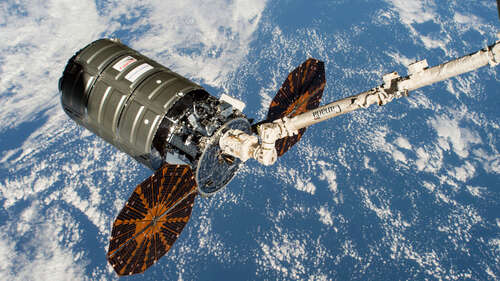
The recent Saffire-VI experiment was launched to the International Space Station in August 2023, traveling with other cargo on a Northrop Grumman Cygnus spacecraft. The spacecraft and the experiment remained at the ISS until January 2024, when the spacecraft was ready to undock. These cargo spacecraft are not designed for re-entry, so they don’t come back to Earth once their job is done. Instead, they burn up in Earth’s atmosphere.
Sometimes the ISS crew will fill these cargo spacecraft with trash they are getting rid of, but in this case, NASA decided to make use of the spacecraft one more time by running a Saffire experiment on it. They wait until the cargo spacecraft is safely away from the ISS, then remotely set fire to samples inside. The research was designed to learn more about fire to help create better spacesuits and spacecraft to make them safer.
“How big a fire does it take for things to get bad for a crew?” said principal investigator David Urban on the NASA blog. “This kind of work is done for every other inhabited structure here on Earth – buildings, planes, trains, automobiles, mines, submarines, ships – but we hadn’t done this research for spacecraft until Saffire.”
The previous Saffire experiments involved burning samples such as a composite of cotton and fiberglass, or the kind of acrylic glass which is used for spacecraft windows. But Saffire-VI was different because it occurred in a higher oxygen and lower pressure environment, simulating what a crewed spacecraft is like.

